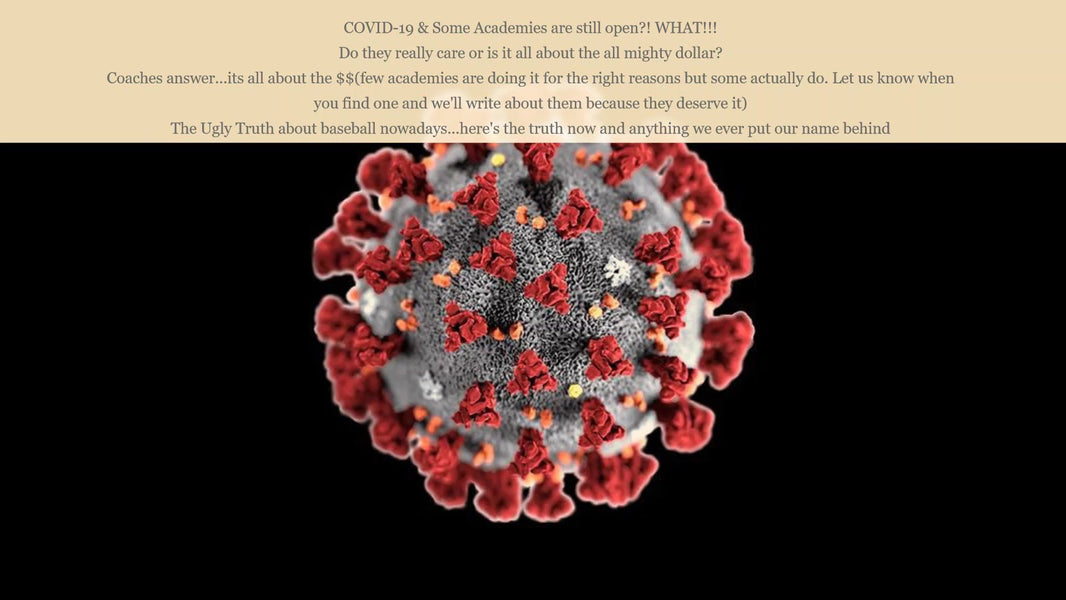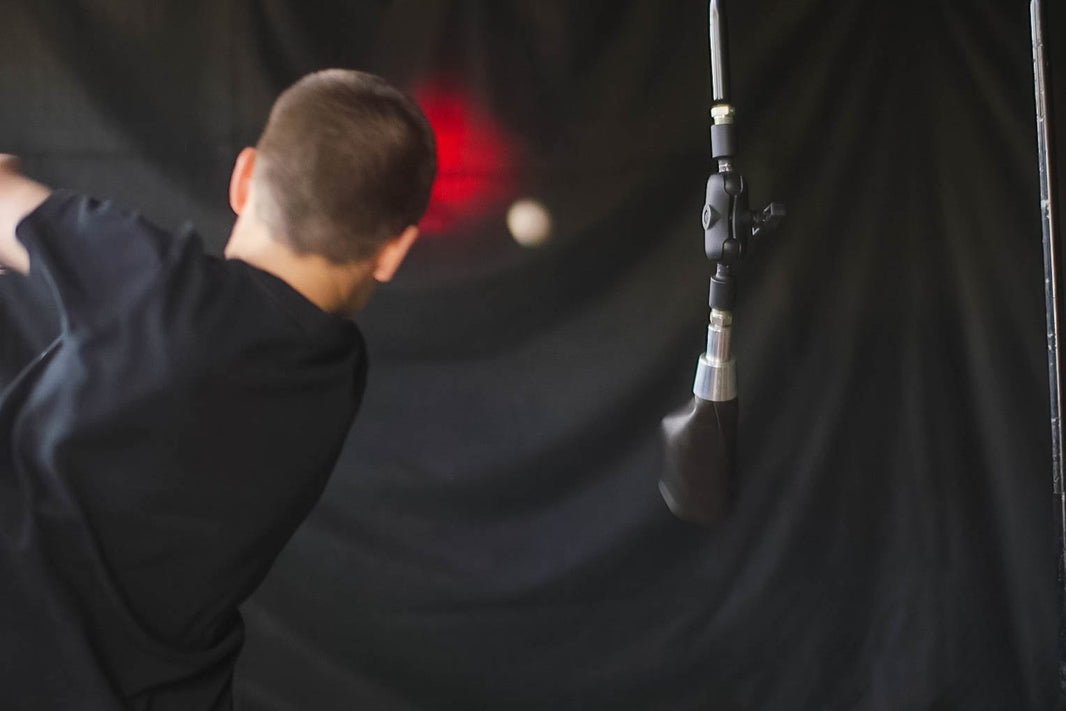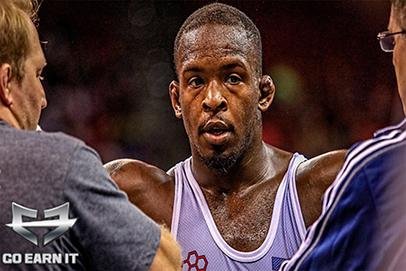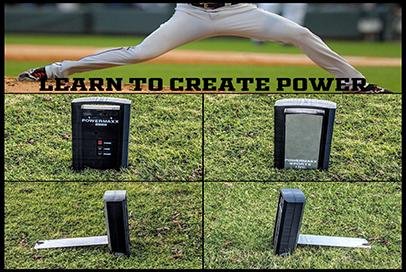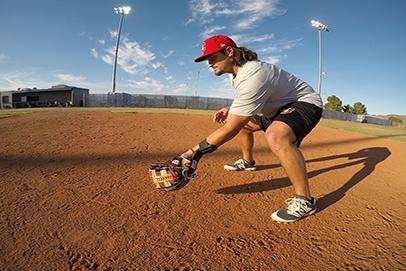STRIDE/LOAD, AS PITCH COMES IN (1, 2 AND 3 ARE DONE ALMOST SIMULTANEOUSLY)
1. PARTIAL WEIGHT SHIFT TO BACK LEG
2. HANDS MOVE BACK TO LAUNCHING ZONE
3. SHORT STRIDE TOWARD PITCHER WITH HEEL OFF THE GROUND
Note: Before we get into the descriptive portion of the stride/load, it is important to understand that nothing we do in this phase is herky-jerky or quick. The quicker we do this, the more likely our head has a chance to move, distorting ball flight. The slower, more controlled motion will keep our head more still allowing for better recognition of the pitch.
Why: This is the stride/load portion of our swing. We want to shift our weight back so we get some momentum going forward toward the pitch. Shifting our weight to our back leg can be accomplished a couple different ways; a gentle rock back or a slight knee cock back with slight hip turn in. When the weight comes back, it is okay to turn the front shoulder in a little as well. However, excessive shoulder turn can cut down field of vision because the head will have a tendency to move with the shoulders.
The hands move back to the launching zone (the point at which we start our swing with our hands), which is at or just outside the back shoulder with the hands right at shoulder height. This movement of the hands accomplishes a couple very important things. First, we want to create some momentum with our hands as well. Second, it frees up tension in our arms and our hands. These two key ingredients allow us to generate more hand speed and therefore more bat speed.
The stride goes right back toward the pitcher because we want to keep our front side closed (front foot, hip and shoulder pointing toward pitcher) and explode it during our swing. Stride length is dependent on the width of the feet in the stance. As mentioned above, the narrower the stance, the longer the stride; the wider the stance, the shorter the stride. However, keeping the front heel off the ground and the weight against the ball of the big toe at toe touch will help keep your weight back.
4. WHEN FRONT FOOT HITS, WEIGHT IS BALANCED AND TOE SHOULD STILL BE POINTING STRAIGHT AHEAD (TOWARD OTHER BATTER’S BOX). SLIGHTLY OPEN IS OKAY, BUT NOT MORE THAN 45 DEGREES, WITH PRESSURE ON BALL OF BIG TOE.
Why: When the front foot hits, it is at this time when we decide whether to swing or take. Therefore, our body must be in a strong, balanced position in order for us to take an aggressive swing at the pitch. We have pressure on the ball of the big toe and our heel off the ground because this enables us to keep our weight back and keep from getting our weight too far out over our front foot. If you feel your weight on the outside of your front foot or your whole foot is on the ground, all of your weight has already shifted. Once that happens, we only have our arms to swing with. We want to keep our front toe pointing straight ahead or slightly open because we do not want to open our hips before we begin our swing. If our front foot is pointing more toward the pitcher or our stride is “in the bucket,” our hips have already begun to open, robbing us of power from our bottom half.
For some great portable hitting nets, check out the link below with our selection of great aides.
https://maximumvelocitysports.com/collections/mvs-pro-nets






